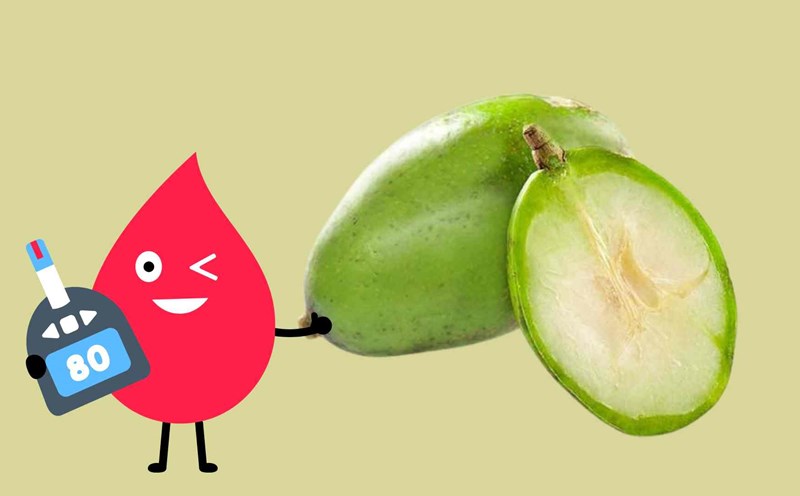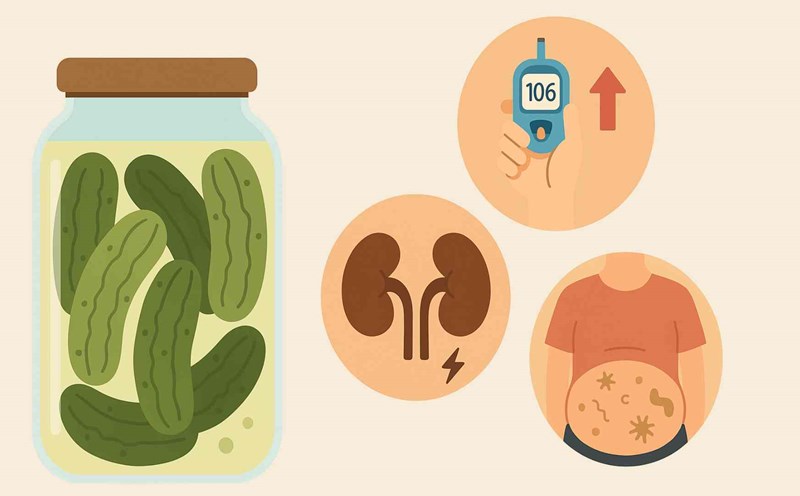Guava is a popular, cheap fruit and contains many antioxidants, especially vitamins C, A, fiber and beneficial polyphenol compounds.
According to Healthline, guava has a low glycemic index (GI), only about 12 - 24, meaning it does not cause a sudden increase in blood sugar like other sweet fruits. However, to ensure that there is no reaction to blood sugar after eating, it is necessary to pay attention to the appropriate way to eat.
1. Prioritize eating whole guava, not peeling
Guava peel contains a lot of insoluble fiber, which helps slow down the absorption of sugar into the blood. When you eat the skin, the digestion process slows down, helping blood sugar to be more stable. However, it is necessary to wash thoroughly and choose organic guava to avoid pesticide residues.
2. Do not eat guava on an empty stomach or right after a high-starch meal
According to Medical News Today, eating guava on an empty stomach or combined with rice, vermicelli, and rice can cause a sudden increase in blood sugar. guava should be eaten as a snack, at least 2 hours away from main meals and no more than 1 fruit/time (about 150g).
3. Don't drink sugary guava juice
When pressed, guava is often stripped of fiber - a factor that helps control blood sugar. If you drink guava juice, you should leave the pulp, do not add sugar or honey, and only take a small amount (~100ml).
4. Combined with foods rich in protein or good fats
Eating guava with unsweetened yogurt, chia seeds, walnuts, etc. will help slow down the absorption of sugar, supporting more effective blood sugar control.
Note:
People with diabetes should monitor their personal blood sugar response after eating guava.
Do not replace your entire meal with fruit, even if you have a low GI.











